The riverboat captain is a storyteller, and Captain Don Sanders will be sharing the stories of his long association with the river — from discovery to a way of love and life. This a part of a long and continuing story.
By Capt. Don Sanders
Special to NKyTribune
Whenever I see photos of the DELTA QUEEN officers in white shirts and shoulder boards hunkered around the bar in the Texas Lounge in the years after I left the QUEEN, I shutter seeing them in full uniform boozing away.
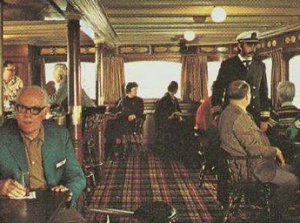
Although after studying their shoulder insignia, none of the imbibers in the snapshots appeared like they were directly responsible for the safety of the passengers, crew, or the vessel. Still, it seems strange comprehending passenger space overly occupied by the hired help. Or, as one former customer complained recently,
“There was barely room enough for the guests.”
But I’m getting ahead of myself and need not start offering comments on the crew’s behavior when I was not aboard with them and had no say over the matter. That said, let’s turn the calendar back to 1970, ‘71, or ‘72 when Captain Ernie Wagner and I ran the boat with what some say was an “iron hand” no differently than did Captains and Chief Mates since the beginning of the steamboat era starting with the first steamer on the Western Rivers in 1811.
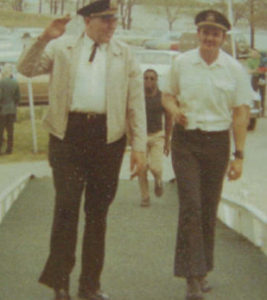
What the general public sees above deck aboard a passenger carrier like the DELTA QUEEN, for example, are clean rooms, scrumptious victuals, entertaining amusements, and skilled and well-drilled crewmembers. What they don’t see are where those customarily-young men and women go and do once they retire from the public spaces and are on their own time. Quite simply, in the days I began steamboating, if one wasn’t a great fan of watching the river roll by, there was little else to do. High on the list of crew amusement and entertainment was the consumption of alcoholic beverages.
Although steamboats were normally well-stocked in that department, the stores rarely allowed for the crew’s consumption. The lower the level on the steamboat pecking ladder, the less was the access to company resources unless thievery equalized the acquisition odds. Much of the alcohol customarily guzzled by the crewmembers came onboard through clandestine routes and was stashed in well-concealed hidey-holes awaiting consumption. Numerous dives, saloons, bawdy houses, and the like lining the shores wherever steamboat landed catered to the lesser lees of fluvial society. Rarely did a crewman go ashore who didn’t stumble back aboard who wasn’t well “likkered-up.”
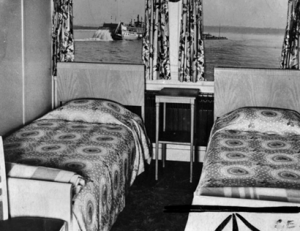
All this didn’t go unnoticed by the owners and officials of certain steamers. As long as the work got done, inebriated crew members kept below decks were often an easy and inexpensive way of handling gangs of rough and tumble workers until they stumbled out again as needed. Some vessels often looked away when an enterprising person, or persons, began bootlegging booze aboard their boats. One, in particular, stands out:
Onboard a premier passenger-carrying steamboat in the last century, members of a prominent “family” of mid-level employees controlled much of what was happening, employment-wise, among the lower-level hands. Although this family consisted of several members with identical bloodlines, other loyal lieutenants were accorded membership within the group controlling who attained positions in the highest-paying jobs of those serving the paying passengers. These occupational appointments included the waiters, busboys, maids, and possibly extending to employment in the kitchen and other service-related areas such as the porters and other wait-staff serving above the Main Deck. The only positions outside their jurisdiction were the navigation, engineering, and purser departments.
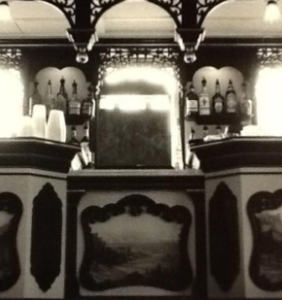
Not only did this clique rule sway over the job slots as described above, but they also controlled the illegal gambling and the bootleg booze; both cottage industries bring in thousands of dollars weekly from their fellow crewmembers. If ever, rarely were the non-assuming passengers, upstairs, aware of the clandestine happening below decks. The tourists didn’t need to be involved, as the “family” prospered immensely from their co-workers’ sole participation. Besides, involving those above decks in the illegal affairs was too risky a chance to take. After all, the perpetrators could always claim they were merely helping to entertain their co-workers if outside authorities made any inquiries. Never was any complaint made that went beyond the limits of the boat.
One exception was a mate who had a deckhand disappear off the deck after midnight as the steamboat plodded against a wicked current on the Lower Mississippi River. The mate had four men on his midnight to 6 AM watch. With no locks or landing during the run, he assigned the men into two teams and gave each team half a five-gallon bucket of red deck paint, a sturdy paintbrush apiece, and assorted rags and thinner to complete their assignments.
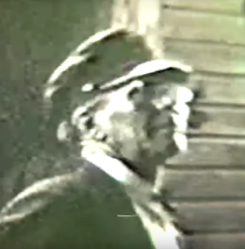
One team was allocated the “U-Shaped” deck in front of the engineroom and the other, the upper deck inside the “firebox,” or boiler room. The mate was also charged with accompanying the pilot on watch as the boat made its way up the unfriendly waters. Each hour, he brought the two Night Watchmen into the pilothouse so that at least one was with the steersman to allow the mate to go below to check on his painters.
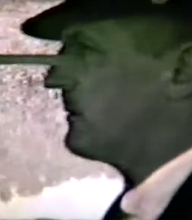
The first hour, when the mate met with each crew, they were busily engaged painted their decks safely inside the boat. In the second hour, the same results were found as the dual teams progressed as expected. When the mate went below on the third hour, he found the crew outside the engineroom working as expected. However, one of those painters mentioned that the boiler room crew were no longer busily employed. Taking the two workmen with him, the mate found the firebox deck half-finished with the paint bucket and brushes abandoned on the wooden boards.
Soon after an immediate search began for the missing painters, one was found passed out on the bow with the stench of rotgut booze emanating from his nose and mouth. After finally getting the drunkard awake, he disclosed his pardner was “sitting in a chair” further out on the working deck of the head of the boat. When the mate flashed his flashlight beam in the direction he was told, all he discovered was an empty chair at the edge of the deck bent from too many hard lockwall allisions, but no man seated there. A month later, what the fish and the turtles didn’t consume, the deckhand’s bloated remains washed ashore 30 miles below from where he was lost.
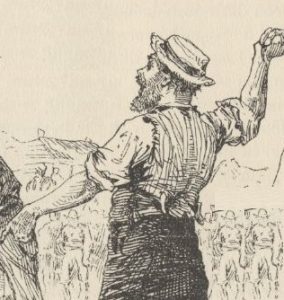
Furiously, the mate accosted the supervisor of the head of the family-controlled mob pedaling the bootleg booze and warned of further repercussions if additional rotgut whiskey reached members of the deck crew. Eventually, another young deckhand got himself into trouble swilling the rotgut booze. Thankfully, a doctor vacationing aboard the boat helped save the young man’s life when he recommended that the deckman be made to continually keep walking the rest of the night. So the mate ordered him to troop each lap around every deck with both Watchmen on their safety rounds of the steamboat, once every twenty minutes — and he survived.
What became of these participants on the steamboat not so long ago? I haven’t a clue. They’ve apparently disappeared in the dustbin of time and forgotten… until now.
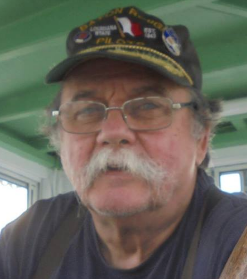 Captain Don Sanders is a river man. He has been a riverboat captain with the Delta Queen Steamboat Company and with Rising Star Casino. He learned to fly an airplane before he learned to drive a “machine” and became a captain in the USAF. He is an adventurer, a historian, and a storyteller. Now, he is a columnist for the NKyTribune and will share his stories of growing up in Covington and his stories of the river. Hang on for the ride — the river never looked so good.
Captain Don Sanders is a river man. He has been a riverboat captain with the Delta Queen Steamboat Company and with Rising Star Casino. He learned to fly an airplane before he learned to drive a “machine” and became a captain in the USAF. He is an adventurer, a historian, and a storyteller. Now, he is a columnist for the NKyTribune and will share his stories of growing up in Covington and his stories of the river. Hang on for the ride — the river never looked so good.











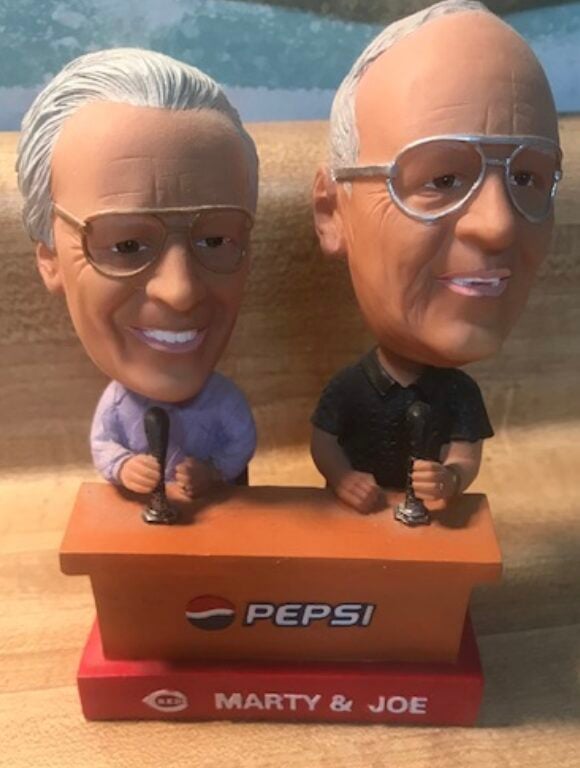



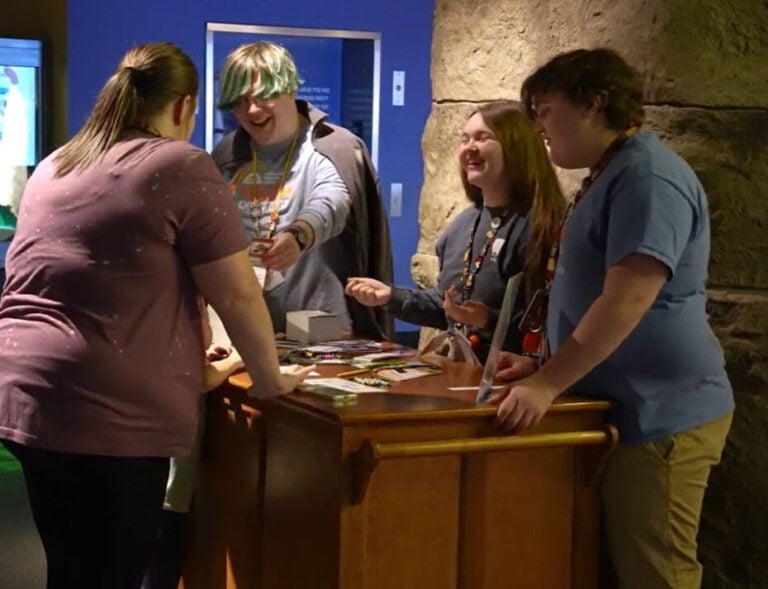


Thanks, everyone for your uplifting comments. They are appreciated.
I am retired and traveling in my little camper while writing about my adventure on the Mississippi River in a home made 9×12 raft. I worked about a year 1979 on the Mississippi Queen with Captain Gabe piloting most of the time. I recently have come across these articles and love the stories. Thank you Captain Sanders.
Very interesting and intriguing story. Captain Don Sanders never disappoints. It’s always enlightening to look within the porthole of time to see the lives that were lived on these majestic vessels. Not exactly romantic fairy tales, but that’s ok. A little grit makes life interesting.
Yet another good read from Capt. Don!
Another intriguing story, Captain Don. Grateful for your shared memories so they do not end up in the “dustbin of time and forgotten”.
Special times told in vivid detail. Thanks Capt Don.
I just live ready these River Tales by Captain Don Sanders. Thank you for bringing theses stories to us. I always look forward to a new Sunday adventure while engrossed in reading his articles.